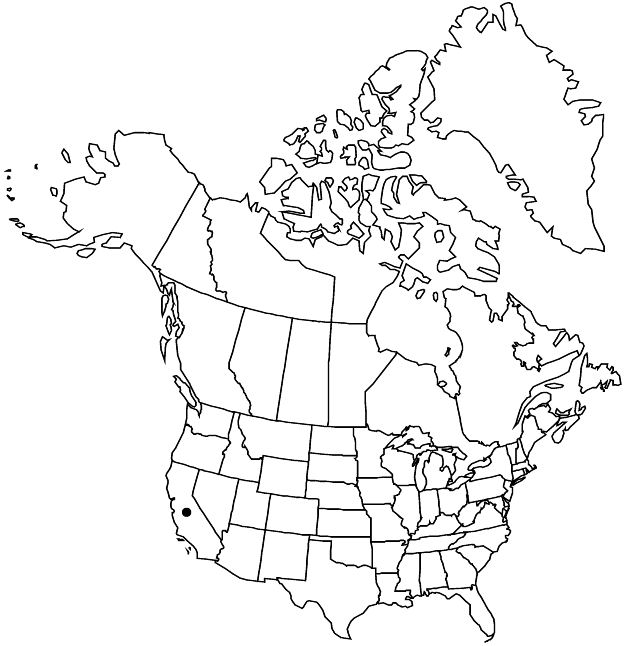Acaena pallida
Fl. New Zealand 1: 360. 1961.
Plants stoloniferous. Stems to 10 dm, 2–3 mm diam., rough with protruding hair-bases; branches erect, leafy. Leaves: stipules 3–4-fid; petiole 1–1.5 cm; blade 2.5–12 cm, leaflets 4–7 per side, abaxially whitish with uneven wax layer, adaxially glossy green, oblong, 6–30 mm, margins dentate, teeth 4–10 per side, rugulose adaxially, abaxial surface pilose. Scapes axillary, 7–18 cm, 1.5–2 mm diam., lacking both cauline leaves and multicellular hairs. Inflorescences 80–90-flowered, globose heads (heads 10 mm diam. in flower, 2–4 cm diam. in fruit); bracteoles linear, pilose. Flowers 4 mm diam.; sepals 4, triangular, 2 mm, abaxially pilose, adaxially glabrous; stamens 2, filaments 3–4 mm, anthers white; stigma white, fimbriate. Fruiting hypanthia obconic, 4.5–6 mm diam., surfaces covered with appressed hairs, 4-angled, each angle with a spine at apex, 9–15 mm, spines with 4–10 translucent, retrorse barbs 0.5 mm at apex, usually with 1 [–3] subsidiary spines on angles, surfaces glabrous. 2n = 42 (New Zealand).
Phenology: Flowering May–Jun.
Habitat: Coastal sands
Elevation: 0–10 m
Distribution

Introduced; Calif., Pacific Islands (New Zealand), Australia
Discussion
In the flora area, Acaena pallida is known from a single collection from Marin County.
Selected References
None.
Lower Taxa
"thin" is not a number."dm" is not declared as a valid unit of measurement for this property."dm" is not declared as a valid unit of measurement for this property.